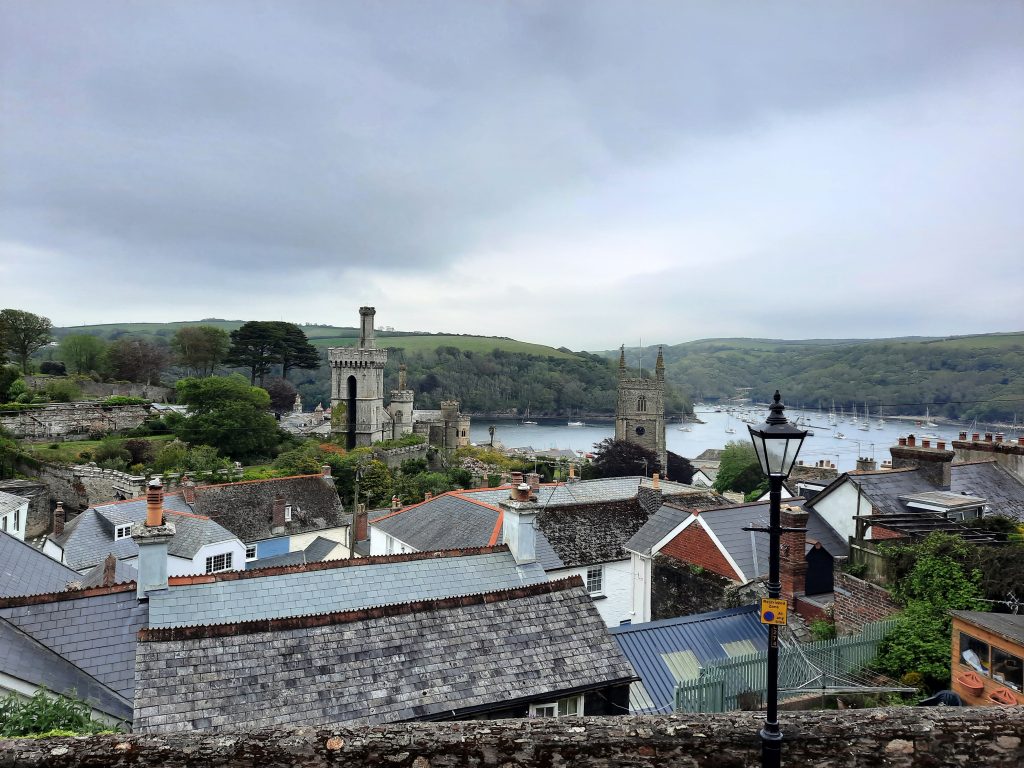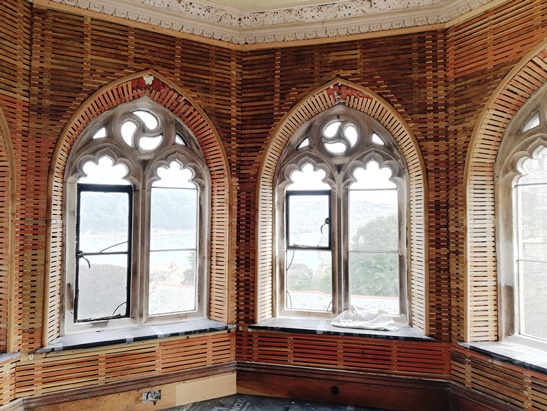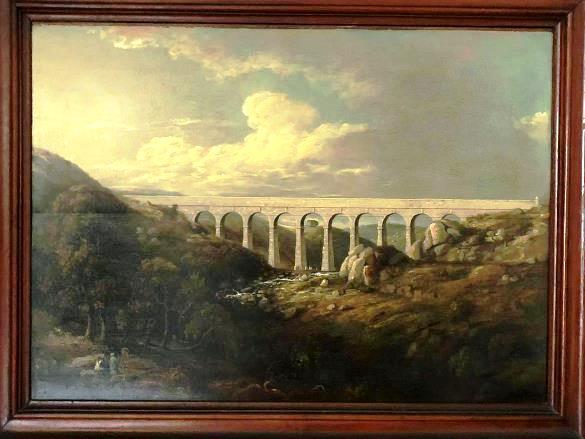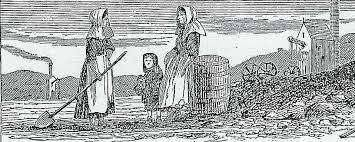These days it is common for new borns to be given the names of both their parents, a double-barreled mouthful! But when Mr. J.T. Austen Treffry wanted to use the family names of both parents, he had to apply to Queen Victoria!
Joseph Thomas Austen, born 1782 in Plymouth, was the only son of Stephen Austen and his wife, nee Susannah Treffry. By the time he was 5 years old Joseph had already experienced two tragic losses; his baby sister, Sarah died in 1784 and his father, in 1786. In a grieving and fragile state, Susannah took the obvious decision to move, with her 2 surviving children, back to the dilapidated but splendid family home, Place, overlooking the Fowey estuary. In winter it was cold and draughty but in summer the children ran and played all through the grounds with cousins, neighbours and – it seems – with some Jackasses (donkeys). This story of a Jackass = Treffry Tale No. 1 (of 25 short stories).


Joseph and his mum formed a strongly-bonded partnership, not only parent to child but also as business partners. Susannah was an exceptionally strong woman, living til the age of 94, and she ran her own successful dairy operation serving the wider Fowey area. Joseph learned farming and estate management, then in the 1820s became owner of a copper mine between Penpillick (Meadow Barns) and Tywardreath.
The usual way forward, for developing a mine in the 1820s, was to embrace fossil fuel, and that meant … buy a load of coal, ship it from South Wales all around Lands End and back to the Treffry quayside at Fowey, load into carts pulled by hundreds of ponies and mules, arrive at the mine and use it to fire up steam engines. To Joseph, being the original Green Hero, this made no sense! Why would he not use the alternative green energy, of water and wheels, which would cause none of those practical problems and would be a great deal cheaper?
The technology of water wheels and mills was familiar to everyone in the 1800s, since from 1086 onwards it was recorded in the Domesday Book that the UK had about 12,000 in operation. It was his skill in ‘carving’ granite-lined water channels, ‘holding basons’, a massive harbour and magnificent combined viaduct/aqueduct that eventually brought Joseph the title ‘King of Mid Cornwall’ and recognition of the Queen and Prince Albert. His handiwork shaped a swathe of landscape, from Newquay on the North Coast through to the Luxulyan Valley (home of viaduct and water wheel pit) out to Par and Fowey. His ventures provided employment for the vast majority of residents in all the little hamlets and villages, rising to a total at Fowey Consols mine, of over 1700 people – men, women and children.


working above ground (‘at grass’)
